The True Cost of Employee Turnover: Hidden Expenses That Hurt Your Business

- Employee turnover is costly, averaging 33% of annual salary per employee and up to 213% for executive roles.
- Hidden costs include lost productivity, low morale, weaker employer branding, and increased risk of further attrition.
- Key drivers are poor company culture, lack of growth opportunities, weak leadership, minimal recognition, and inadequate communication.
- Reducing turnover requires employee listening, transparent leadership, competitive pay, career development, and flexible work options.
- Tools like ClearlyRated help companies gather real-time employee feedback and address issues early to improve retention.
Losing employees isn't just frustrating—it's expensive. And it's happening more than ever.
70% of employee exits are voluntary, with most people leaving for better opportunities or workplace dissatisfaction.
Replacing a single employee costs 33% of their annual salary, factoring in hiring, training, and lost productivity.
30% of employees quit due to low pay or inadequate benefits, proving that compensation still matters.
The reality? Perks like ping-pong tables and free snacks don't cut it anymore. Today's employees want meaningful career growth, flexibility, and a workplace that values their well-being. If companies don't adapt, they'll face constant turnover, disengaged teams, and skyrocketing costs.
So, what's the real price of employee turnover, and how can businesses stop the cycle? We'll explain.
Costs of Employee Turnover
According to Gallup, 42% of employee turnover is preventable, yet organizations often ignore it, resulting in unnecessary financial and productivity losses.
Cost-per-hire refers to the total expenses associated with hiring a new employee. This figure typically includes third-party agency fees, advertising and job board costs, job fair expenses, employee referral bonuses, candidate and recruiter travel, relocation assistance, recruiter salaries and benefits, and any technology or systems used in the talent acquisition process. The total cost is then divided by the number of hires to determine the average cost per hire.
Let's say a company hired 10 employees over the course of a year. Here's a breakdown of the associated costs:
When hiring at the executive level, the executive cost-per-hire follows the same calculation but focuses exclusively on the costs incurred for senior leadership roles. These costs are significantly higher due to more intensive search processes, specialized recruitment firms, and elevated relocation or compensation negotiation expenses.
Let's say the same company hired two executives during the year. Here's a typical breakdown of associated costs:
What Is Employee Turnover?
Employee turnover refers to the rate at which employees leave an organization and are replaced by new hires. It includes both voluntary turnover, when employees choose to go (for reasons like career changes or dissatisfaction), and involuntary turnover, when the organization initiates the separation (due to performance issues or restructuring).
Turnover is typically measured as a percentage over a set period. It is calculated by dividing the number of employee separations by the average number of employees during that period.
Employee turnover measures the percentage of workers who leave an organization within a given timeframe, whether voluntarily (resignations) or involuntarily (terminations, layoffs). It is a critical metric in people analytics, yet no universally accepted calculation method exists.
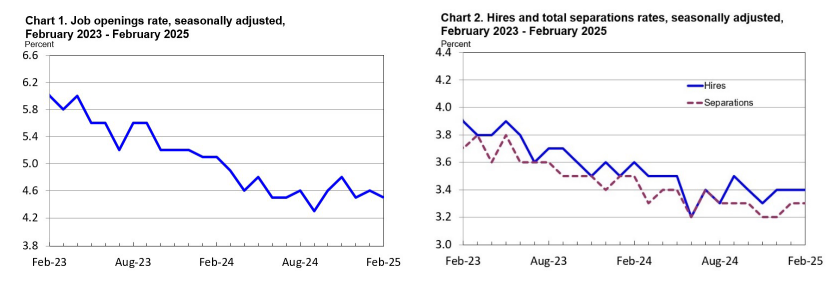
Source: Job Openings and Labour Turnover
While some turnover is expected within organizations and can bring fresh perspectives, consistently high turnover can be a red flag. It often results in increased hiring and training costs, reduced team morale, loss of institutional knowledge, and decreased productivity. Monitoring turnover is critical for understanding workforce stability and overall organizational health.
The True Cost of Employee Turnover
Employee turnover is not just a people problem but a serious financial issue. Studies estimate that losing an employee can cost a company between one-half to two times the employee's annual salary, depending on the individual's role, skill set, and level of seniority
The financial impact varies by role type:
- For hourly workers, the average turnover cost is approximately $1,500 per employee
- Technical positions can range from 100% to 150% of the employee's annual salary (SHRM).
- For executive roles, the cost of turnover can reach as high as 213% of annual salary (Center for American Progress).
These figures include direct expenses such as advertising, recruitment fees, onboarding, and training and indirect and often overlooked costs such as loss of institutional knowledge, disrupted team dynamics, and decreased productivity.
Turnover also results in two significant financial burdens:
- Cost-per-hire refers to the expense incurred to recruit and onboard a new employee.
- Cost-of-vacancy refers to the revenue and productivity lost while a role remains unfilled or understaffed.
Nearly two-thirds of total turnover costs are estimated to be intangible, including lost productivity, delayed deliverables, and reduced customer satisfaction. The hidden fees that cut deeper:
Lost Productivity
When a role is vacant, projects may slow down or stop entirely. Team members are often required to divide their time between their own tasks and the responsibilities of the vacant position. This leads to product or service delivery delays and can result in missed revenue targets.
Depleted Morale
Turnover can disrupt team cohesion. Employees who remain may feel overworked or question their job satisfaction, especially if departures are frequent. This emotional strain can reduce engagement and increase the risk of further resignations.
Damaged Employer Brand
Organizations with high turnover may develop a reputation for being unstable or unsupportive. This perception can deter high-quality candidates from applying and may attract individuals not seeking long-term opportunities, contributing to continued turnover.
Increased Risk of Additional Turnover
Turnover often leads to more turnover. When employees see colleagues leaving, it can create uncertainty and prompt others to reevaluate their positions. This ripple effect increases the pressure on remaining team members and accelerates the cycle of attrition.
The impact of turnover goes beyond hiring costs. It affects financial performance, operational efficiency, employee morale, and long-term growth. By understanding the full scope of these costs, businesses can make smarter investments in employee retention and engagement. This proactive approach not only reduces expenses but also strengthens the organization's overall health.
How to Calculate Employee Turnover Rate
Measuring employee turnover goes beyond a basic formula—it's about understanding workforce movement, identifying underlying causes, and using data to improve retention. While the standard turnover rate tells you how many people are leaving, the real value lies in analyzing who, when, and why.
Key Metrics Behind Turnover
Before you run the numbers, it's critical to collect the right data. These metrics give you a clearer picture of turnover dynamics:
- Number of Departing Employees: Total resignations and terminations during your selected timeframe.
- Average Number of Employees: (Employees at Start + Employees at End) ÷ 2.
- Voluntary vs. Involuntary Exits: Distinguishing between resignations and dismissals helps pinpoint whether employees leave alone or are forced out.
- New Hire Turnover: Early departures (often within the first 12 months) may indicate onboarding or culture issues.
- Average Tenure: Longer tenure typically reflects stronger engagement and successful retention strategies.
Advanced Turnover Calculation Methods:
Depending on HR goals, different formulas can provide sharper insights:
Turnover isn't just about how many people leave, it's about when and who. For instance, the average U.S. turnover rate across sectors is around 10.6%. Still, rates are naturally higher in fast-moving industries like retail or hospitality and lower in sectors like utilities or education.
Here's how to go deeper:
- Who Is Leaving? Are departures concentrated among certain roles, age groups, or departments?
- When Are They Leaving? Are exits clustered within onboarding periods, after performance reviews, or during periods of change?
- Why Are They Leaving? Exit interviews and anonymous surveys can reveal systemic issues.
Factors of High Employee Turnover
Understanding the root causes of employee turnover is critical to preventing it. While compensation and benefits certainly play a role, they're often not the primary reasons employees leave. In fact, many departures are tied to factors well within an organization's control, such as culture, leadership, and internal communication dynamics.
Company Culture
A misaligned or toxic company culture is among the biggest contributors to high turnover. Engagement quickly drops when employees don't feel that the organization's values, behaviors, and work environment align with their own beliefs or expectations. Poor culture leads to disengagement, distrust, and an "every person for themselves" mentality that drives talent out the door.
On the other hand, high-performing cultures are marked by psychological safety, trust, inclusion, and a clear sense of purpose. When these are missing, even the most talented individuals won't stay.
Managers and Leadership
Employees don't just leave companies they leave managers. Gallup research shows that 70% of the variance in employee engagement is directly attributable to managers.
Poor leadership is a top predictor of employee dissatisfaction. Micromanagement, inconsistent feedback, lack of empathy, and failure to support employee development can all lead to increased attrition.
Strong leaders create environments of accountability and growth. Teams begin to unravel when leadership fails to listen, mentor, or develop trust.
Lack of Growth Opportunities
When employees see no path forward, they start looking elsewhere. A stagnant career trajectory, lack of internal mobility, or limited access to stretch projects signals to employees that they've outgrown their current role. A LinkedIn report found that 94% of employees would stay at a company longer if it invested in their career development
Organizations that invest in upskilling, mentorship, and clear career ladders have a much easier time retaining talent. Employees need to see how they can grow personally and professionally within the organization.
One-Way Communication
A workplace where leadership talks at employees rather than with them sets the stage for disengagement. One-way communication leads to confusion, mistrust, and a lack of shared ownership over the company's mission or goals.
When employees aren't given a voice or when feedback mechanisms exist but are ignored—it creates frustration and detachment. Transparent, two-way communication helps employees feel involved, valued, and heard, significantly lowering turnover risk.
Lack of Employee Recognition
Employees want to feel that their work matters. A lack of recognition, especially for discretionary effort or consistent high performance, can quickly erode motivation. According to a study by Workhuman and Gallup, employees who feel adequately recognized are four times more likely to be engaged and five times more likely to stay.
Recognition doesn't always have to be monetary. Timely praise, peer shoutouts, or leadership acknowledgments go a long way in reinforcing a positive workplace and reducing turnover risk.
How to Reduce Employee Turnover
Reducing employee turnover requires more than just competitive pay—it calls for tailored strategies that address each industry's unique challenges. Here's how companies can foster retention by understanding the root causes of attrition:
Burnout is the leading cause of turnover in healthcare. Hospitals can ease this by hiring support staff to offload administrative work, offering mental health resources, and creating schedules that respect rest and recovery. These changes help retain professionals who love their work but can't sustain constant stress without support.
Low pay and limited advancement are key issues in retail. Loyalty bonuses, career development programs, and regular recognition—even something as simple as a thank-you—can build loyalty in a traditionally high turnover space.
In Tech, skilled employees often leave for better offers. To hold onto top talent, tech firms should offer competitive compensation, ongoing learning opportunities, and meaningful recognition for complex, high-effort projects.
In hospitality, physical demands and low wages create churn. Respecting frontline staff can reduce turnover with even modest pay bumps, clear growth pathways, and improved working conditions (like breaks and meals).
Safety concerns and monotony play a major role in manufacturing. Investing in safety training, offering cross-skilling opportunities, and involving workers in decision-making help create a safer, more engaging workplace and stronger retention.
These practical tips can help you do just that:
Listen to Your Employees and Act on It
One of the simplest yet most effective ways to reduce turnover is to check in with employees regularly and use their feedback to drive change. Surveys are key, but they must be more than just a formality. Tools like ClearlyRated allow you to gather honest, actionable insights from your team and compare benchmarks across your industry. Employees who feel like their voices matter are far more likely to stay.
Recognize and Reward Great Work
People stay where they feel seen. Regular recognition, whether it's a public shoutout, a personalized message, or a meaningful reward, reinforces the value of their contributions. Make appreciation a part of your everyday culture, not just something reserved for annual reviews.
Invest in Career Growth
If your top performers can't see a future with you, they will find it elsewhere. Offer clear paths for advancement, stretch assignments, and access to upskilling opportunities. Learning and development should be a visible priority, not a side project.
Build a Culture of Transparency and Trust
Employees are more loyal when they trust leadership. Keep your people in the loop about the good and the bad. Sharing company goals, challenges, and decisions creates a sense of shared ownership and deeper engagement.
Create Flexibility That Works
Flexibility is more than a trend; it's a long-term retention strategy. Whether it's remote work, flexible hours, or outcome-based scheduling, giving employees autonomy over how they work boosts satisfaction and reduces burnout.
Frequently Asked Questions
1. How do you calculate the cost of turnover?
A common formula is: Turnover Cost = (Hiring Costs + Training Costs + Lost Productivity + Exit Costs) per employee.
To calculate the cost of turnover, add up both direct and indirect expenses. This includes recruitment and hiring costs, onboarding and training time, lost productivity, potential overtime for remaining staff, and the impact on team morale.
2. What is the actual cost of turnover?
For example, if an employee earns $60,000 annually, the cost of losing them could range from $30,000 to $120,000, depending on industry, seniority, and training requirements. The cost of turnover varies depending on the type of role.
3. What is a good employee turnover rate?
A healthy turnover rate generally falls between 10% and 15% annually. Rates vary widely by industry, but anything consistently above 20% may signal deeper organizational issues. It's also important to differentiate between voluntary and involuntary turnover and regrettable and non-regrettable departures.
4. Is it cheaper to keep an employee or hire a new one?
Keeping an employee is almost always more cost-effective. The costs of hiring, training, and lost productivity during onboarding far outweigh the costs of retaining and developing current talent. Investing in retention strategies typically yields a stronger return than constantly recruiting new hires.
FAQs


.png)

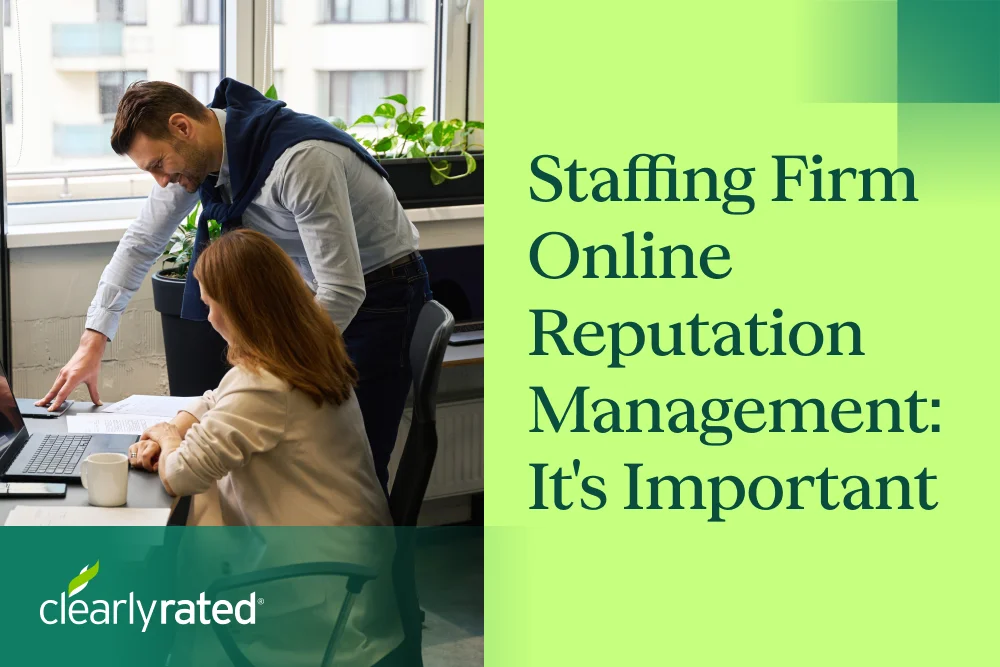




%5B1%5D.webp)
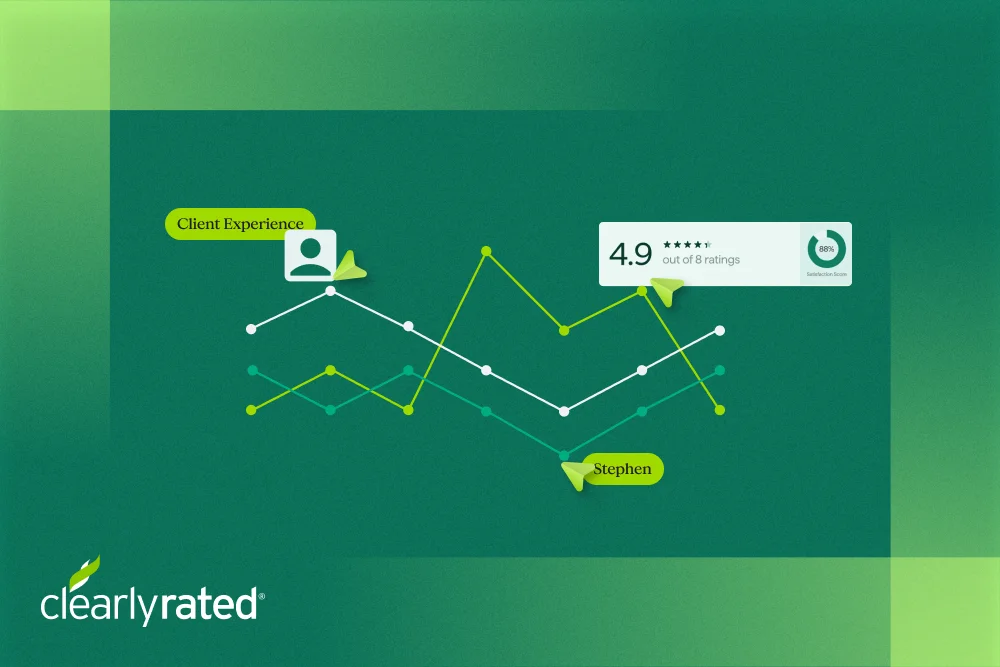






.png)






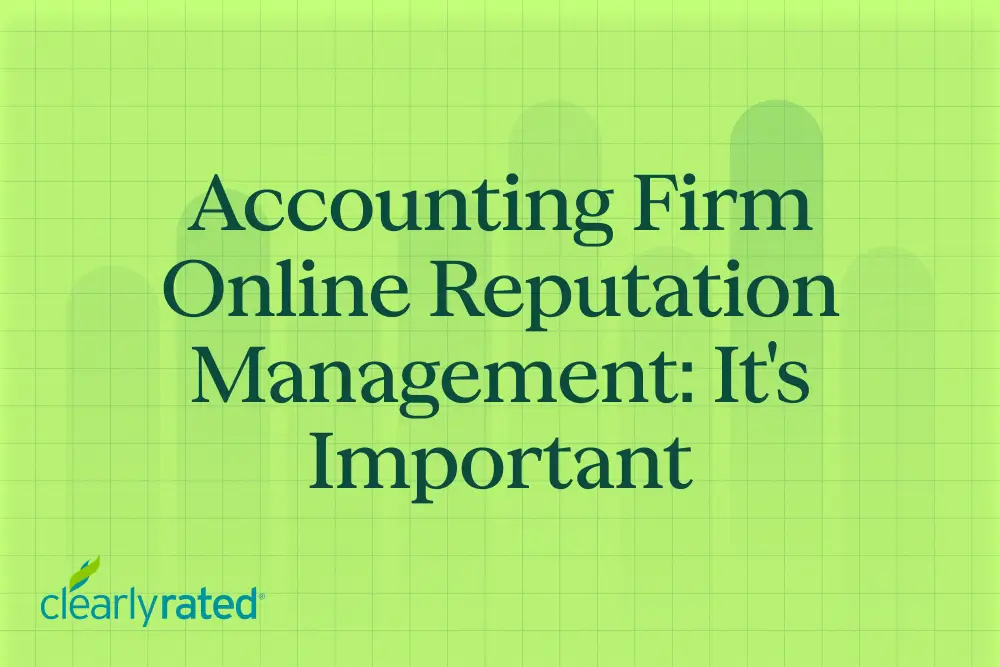




_%20The%20Ultimate%20Guide.png)
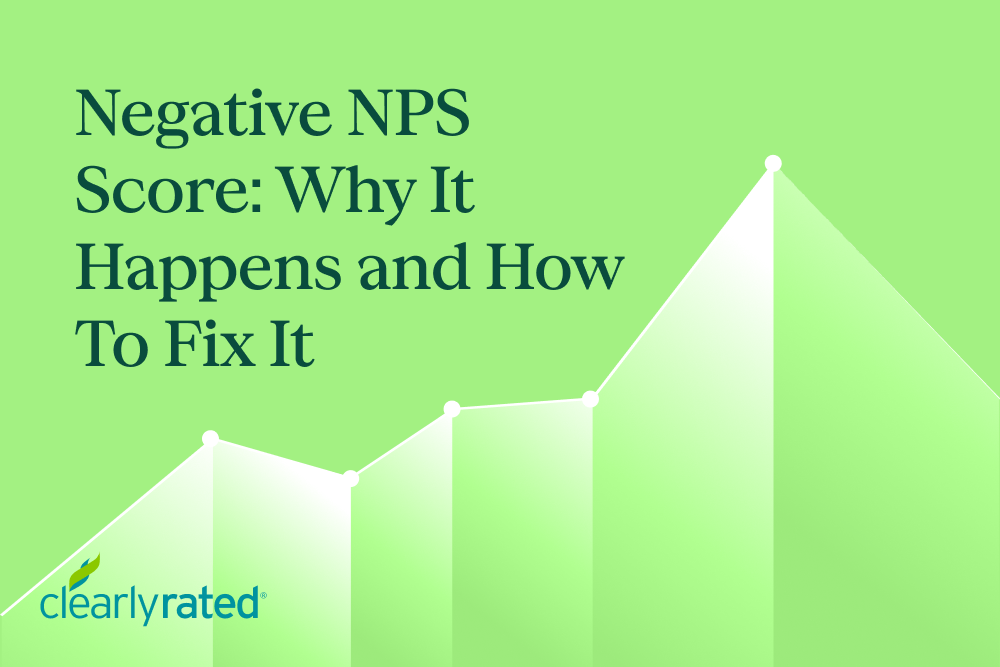



.png)




















%20in%20the%20Workplace.png)










.png)

%20and%20how%20can%20you%20increase%20it.png)
_%20A%20Step-by-Step%20Guide.png)

.png)
.png)




_.png)



%20in%202028.png)


_%20The%20Ultimate%20Guide%20(2024).png)











